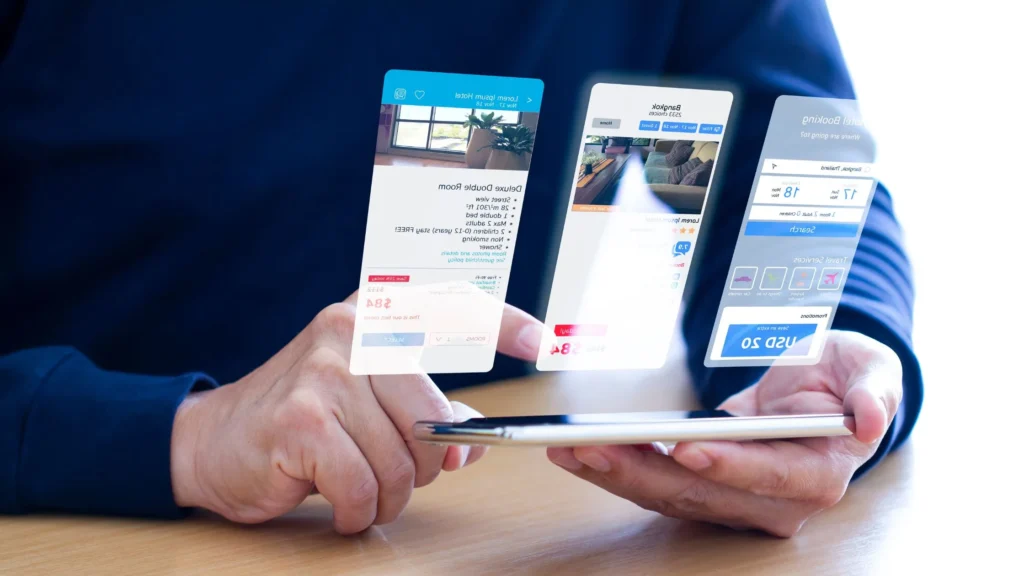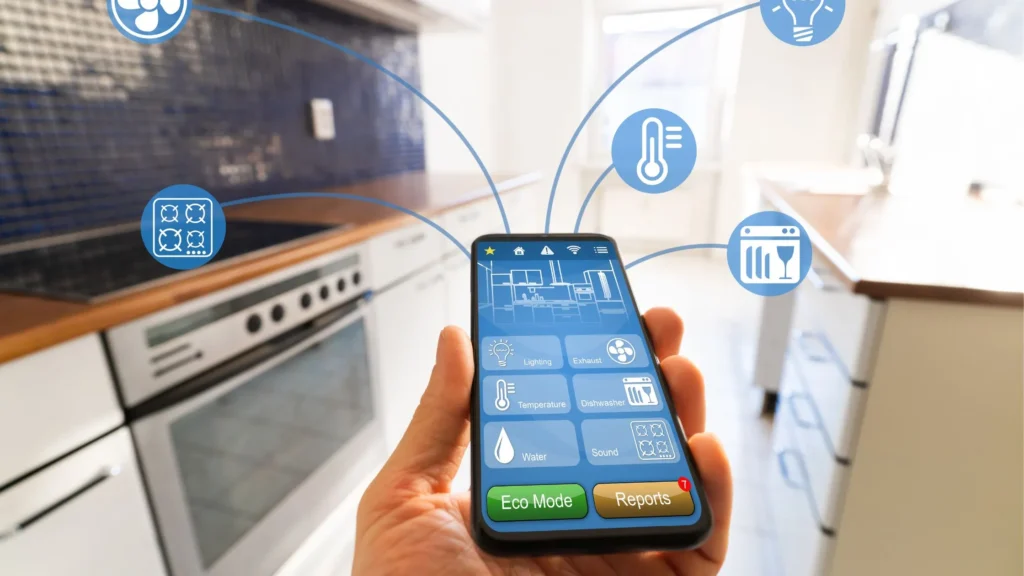You’re interested in discovering how to create custom connectors in Microsoft Power Automate, right?
Creating custom connectors in Microsoft Power Automate will allow you to integrate your APIs, web services, or other applications into the Power Automate ecosystem.
With custom connectors in Microsoft Power Automate, you can build more complex workflows and automate business processes that would otherwise require manual intervention.

How to create custom connectors in Microsoft Power Automate
Here are the steps to create a custom connector in Microsoft Power Automate:
- Go to the Power Automate website and sign in to your account.
- Click on the “Data” tab from the top menu and select “Custom Connectors” from the drop-down list.
- Click the “New Custom Connector” button to create a new connector.
- Fill in the basic details of your connector, such as the connector name, description, and icon.
- Define the actions and triggers that your connector will support.
- Once satisfied with your connector, click the “Create Connector” button to finalize the process.
However, if you’re not too much familiar with Power Automate or creating custom connectors with Microsoft Power Automate, no worries!
At the end of this blog post, you’ll have expert knowledge of how to get the job done!
Or if you’re looking for someone to get the job done for you without being stuck on it, Congrats! Here we are…
So ladies and gentlemen, let’s start with the beginning.
Go to the Power Automate website and sign in to your account
First, you must sign in with your Microsoft Power Automate account to access the custom connector feature.
If you still need an account, you can create one by visiting the Power Automate website and following the registration process.
When you finish this step, you can move to the next step.
Click on the “Data” tab from the top menu and select “Custom Connectors” from the drop-down list.
Once you have signed in to your Microsoft Power Automate account, the next step is to navigate to the “Data” tab from the top menu.
This tab is at the top of the Power Automate home page, next to the “My Flows” and “Templates” tabs.
After clicking on the “Data” tab, you will see a drop-down list of options.
Select “Custom Connectors” from this list to access the custom connector feature.
The Custom Connectors page lists all the connectors you have created in the past and any pre-built connectors available to use.
From this page, you can create new custom connectors, edit existing ones, or delete ones you no longer need.
If you have previously created custom connectors, you can view them by clicking on the connector name from the Custom Connectors page.
Click the “New Custom Connector” button to create a new connector.
To create a new custom connector in Microsoft Power Automate, click the “New Custom Connector” button from the Custom Connectors page.
This button is located in the top right corner of the page and is labeled with a plus sign icon.
Clicking on this button will take you to a new page where you can start creating your custom connector.
Fill in the basic details of your connector, such as the connector name, description, and icon.
After creating your custom connector, you’ll need to fill in some basic details of your connector and define the actions and triggers that will support it.
The first section is called “General,” and it is where you will provide the basic details of your connector; these details include:
- Connector name
- Description
- Icon
- Publisher Name
- Terms of use URL
- Privacy policy URL
- Authentication type
- Connection parameters
Once you have filled in the basic details of your connector, you can move on to defining the actions and triggers it will support.
Define the actions and triggers that your connector will support.
After filling in the basic details of your custom connector in the “General” section, you can define the actions and triggers it will support in the “Definition” section of the connector editor.
Here are the steps to define actions and triggers for your custom connector:
- Click on the “New action” button or the “New Trigger” button, depending on the type of connector you create.
- Provide a name and description for your action or trigger. This should be descriptive enough to explain what the activity or trigger does clearly.
- Define the input and output parameters for your action or trigger. These parameters allow users to pass data into and out of your connector.
- Define the HTTP method and endpoint URL for your action or trigger. This will specify how the connector will interact with the API or web service it connects to.
- Test your action or trigger to ensure that it is working correctly. You can do this by clicking the “Test” button and providing sample data for your parameters.
- Repeat steps 1-5 for each additional action or trigger you want to define for your connector.
Once satisfied with your connector, click the “Create Connector” button to finalize the process.
Once you have defined all the actions and triggers for your custom connector and are satisfied with how it works, it’s time to finalize the process by clicking the “Create Connector” button.
When you click this button, Power Automate will validate and create your connector.
Once your connector has been created, it will be available in your Power Automate workflows.
So this is how to create custom connectors in Microsoft Power Automate.












Pingback: Microsoft Power Automate for financial process: Let's automate